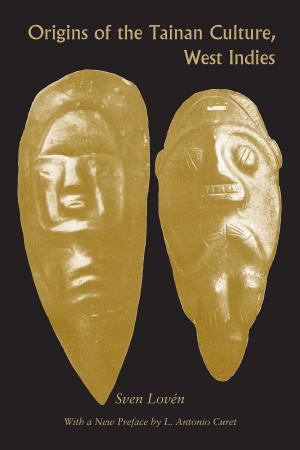| Author: | William J. Edwards | ISBN: | 9780817389161 |
| Publisher: | University of Alabama Press | Publication: | January 14, 2015 |
| Imprint: | University Alabama Press | Language: | English |
| Author: | William J. Edwards |
| ISBN: | 9780817389161 |
| Publisher: | University of Alabama Press |
| Publication: | January 14, 2015 |
| Imprint: | University Alabama Press |
| Language: | English |
Born in Snow Hill, in 1869, William J. Edwards graduated in 1893 from Tuskegee Institute, then under the direction of Booker T. Washington, and set out to find a way to use in his own life the values he had learned at Tuskeegee. He did not have to look far. Edwards toured Wilcox, Monroe, Butler, and Dallas counties and found a large black population in need of both liberal and practical education. Following the model set by Tuskegee, Edwards founded Snow Hill Institute in 1893 and was its principal and guiding hand for 31 years.
Twenty-Five Years in the Black Belt is a memoir written by Edwards in 1918, when the school was 25 years old. It not only provided a fascinating portrait of the conditions of black people and the state of race relations in Alabama at the time, but also tells of one person's determination to uplift his race, particularly through eductation, in the years following Reconstruction.
Born in Snow Hill, in 1869, William J. Edwards graduated in 1893 from Tuskegee Institute, then under the direction of Booker T. Washington, and set out to find a way to use in his own life the values he had learned at Tuskeegee. He did not have to look far. Edwards toured Wilcox, Monroe, Butler, and Dallas counties and found a large black population in need of both liberal and practical education. Following the model set by Tuskegee, Edwards founded Snow Hill Institute in 1893 and was its principal and guiding hand for 31 years.
Twenty-Five Years in the Black Belt is a memoir written by Edwards in 1918, when the school was 25 years old. It not only provided a fascinating portrait of the conditions of black people and the state of race relations in Alabama at the time, but also tells of one person's determination to uplift his race, particularly through eductation, in the years following Reconstruction.















